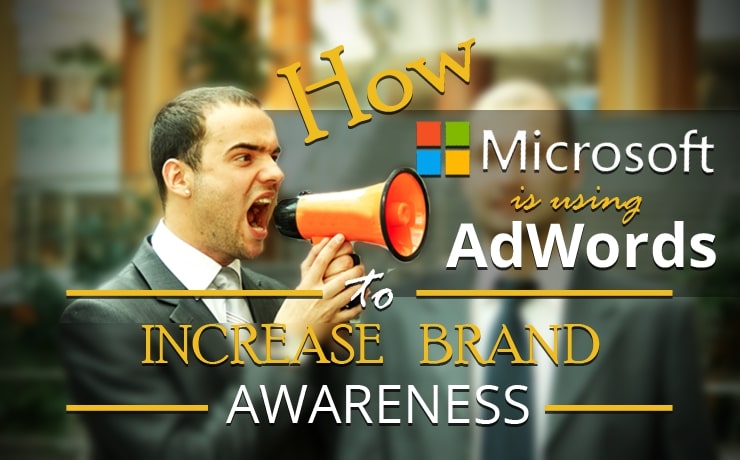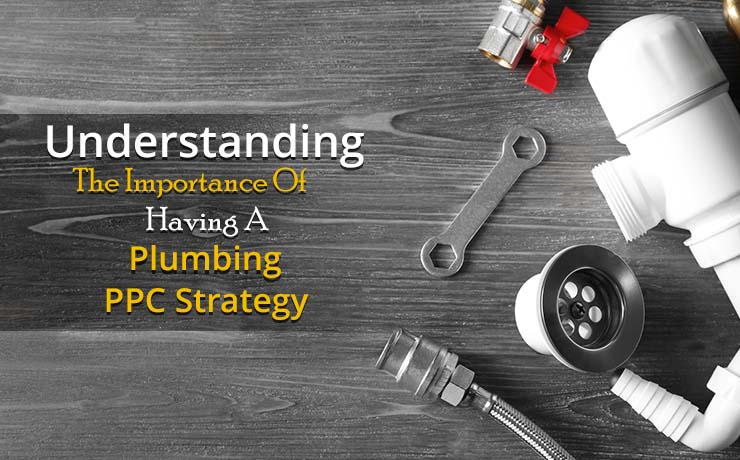
It’s not always easy to craft ads for a moving company that persuade and motivate. It is both a science and an art. It can be the difference between a failed campaign and a successful PPC campaign. The searcher is enticed enough by great moving company ads to actually click on it. They will then be informed as to the value of the advertiser’s proposition. All the while, to ensure as high quality as possible, Google algorithms are kept happy.
However, composing ad copy for PPC for movers is not the daunting task it may seem. To achieve search ads with high-performing scores, there are some definite strategies. Let’s work on writing effective, powerful moving company ads with less effort than you may have originally thought was needed.
PPC for Movers: Ad Type Choices
For today’s search engines, a number of different ad types are offered by Google. This includes the following:
- Traditional ETAs (Expanded Text Ads)
- RSA (Responsive Search Ads)
Here’s the thing about RSAs – with up to 15 headline options, these are like ETAs on steroids. Four descriptions are available. Google uses AI (artificial intelligence) to decide which descriptions and headlines to show. But, in many cases, RSAs underperform optimized, well-written ETAs. Therefore, even though the use of RSAs by advertisers is encouraged by Google, you might want to keep control of your copy, opt for the best performance, and use ETAs for your moving company ads.
The Importance of Headlines
In your entire ad, the most important element is the first headline. This not only persuades the reader to look over the rest of your ad, but it’s the first thing they will see.
For moving companies, here are some headline basics.
Currently, Google allows space for three headlines, which, including spaces, allows up to 30 characters each. You’re only required to use two, even though you get three. At any given time, not all of your headlines will show.
Excessive capitalization is not allowed. Neither are exclamation marks. You can’t use nonstandard phrasing or misspelled words. In addition to these editorial rules, Google has many others.
Effective Headlines – How to Write Them
It’s time to compose some effective headlines:
- Headline Number One – This is the most crucial headline so make it count. It needs to be query relevant and capture the searcher’s attention. Location is the key for movers, and this is especially true for the industry.
- Headline Number Two – Here, a call to action (CTA) will be accompanied by providing additional information and benefits. This headline will encourage your searcher to click your ad and should build upon the prior headline.
- Headline Number Three – This headline is both optional and new. Just how often this headline will show, Google does not precisely state. On the average, less than 15% of the time it may show up. Don’t spend a lot of time on this because of its infrequent appearance. A good approach would be to add some additional business selling points. In this headline, don’t include any critical information.
Best Practices for Headlines
Most crucial to PPC success is exceptional writing of headlines. To state important messages, you’ve got a very limited space – 30 characters – so it may take numerous writing attempts, experimentation, and a good chunk of time.
When writing headlines, remember the following:
- In the third headline, don’t put crucial information.
- Unique selling points should be highlighted.
- Use title case.
- Include a close approximation of your keyword or the keyword itself.
- Have a CTA.
Key ETA Component – Second Descriptions
For your ads, this description provides further supporting information and builds on your headlines. The descriptions will seal the deal if your headlines are designed to capture the researcher’s attention. It encourages them to keep going to your landing page (click through).
Description Writing Basics
Each up to 90 characters long (this includes spaces), Google allows you the option of adding a couple of descriptions. Currently, you’re required to do one description, it’s optional whether or not you add a second one. The editorial rules for headlines and descriptions are pretty much the same. Here, however, exclamation marks are allowed.
Descriptions – Writing Them Effectively
When writing the description for your moving company ad, think about why someone would go with your business over others and include additional key points to back that up. Think about your business. To describe it to someone else, come up with some keywords. Here are a few:
- Certified
- Punctual
- Professional
- Affordable
- Trusted
- Reliable
Words like that will come in handy when writing your description. Additionally, think about your company’s selling points that make you unique. Include something on the lines of how long your business has been in existence.
Also included in your description should be the following:
- Keyword
- CTA
You don’t have to do an exact match where the keyword is concerned. Just as the headline did, your description will reflect the query.
The second description may not always show, similar to the third headline. So, once again, in your second description, don’t include any critical information. The purpose of the second description is to back up your headline message and first description. Additional selling points can also be included.
Best Practices for Descriptions
Don’t be afraid to mix up your descriptive terms a bit. In order to make your message fit, you may need to make some adjustments, because you’re limited to just 90 characters. Have some fun with it and enjoy the challenge.
When writing descriptions, remember these keys:
- Use words that are descriptive.
- Write in title case.
- Your unique selling points should be highlighted.
- Include a close approximation of your keyword or your keyword itself.
- Include a CTA.
It’s Time to Finish Your Moving Company Ad
You’re almost done, now that you’ve written the description and headlines. Related to your URL, you still have two final elements to go.
Destination Page/Final URL – When your visitor clicks the hyperlink, this is where they will be sent. Specifically designed for your ad group or ad campaign, it is a special page – not your homepage.
Display Path – Here, how the URL appears to searchers will be controlled by you. The landing page URL is not changed. The sole purpose is for additional information to be shown to the searcher. You can’t include punctuation or spaces, and you’ve only got 15 characters in each. You want to use dashes and letters. Remember the description and keywords on the first page? If possible, use them.
It’s Time to Put Everything Together
Your ad is ready to run. It’s finished. Here is an example of a good ad:
- Headline one – Trusted San Francisco Movers
- Headline two – Receive a Free Quote Today
- Headline Three – Affordable & Eco-Friendly
Now let’s look at the descriptions:
- First description – Affordable & Reliable San Francisco Movers. Trustworthy for 4 Decades. Get Your Free Quote Today!
- Second description – We Offer Free Moving Boxes Plus Flat Rate Pricing When You Book Your Move with Us.
Why is this a good ad? To the search query, it is relevant. It’s descriptive and it has a CTA. The business’s unique advantages are highlighted.
You’ll want to create three different ads for each ad group. As much as possible, they should be different from each other but still go by the rules of good ad copywriting.
Wrap Up
It can be challenging to write great ads, and for guaranteed success, there is no one perfect formula. You might as well have some fun, experiment, and be creative. Until you turn your ads on, and testing begins, you won’t be sure which add will truly resonate. Could you use some help with SEOs, PPC, web design, digital marketing, and more? Contact us at SmartSites. With a lot of hard work and an innovative vision, we have quickly become one of the fastest growing companies in America.
 Free
Consultation
Free
Consultation Free
Google Ads Audit
Free
Google Ads Audit








